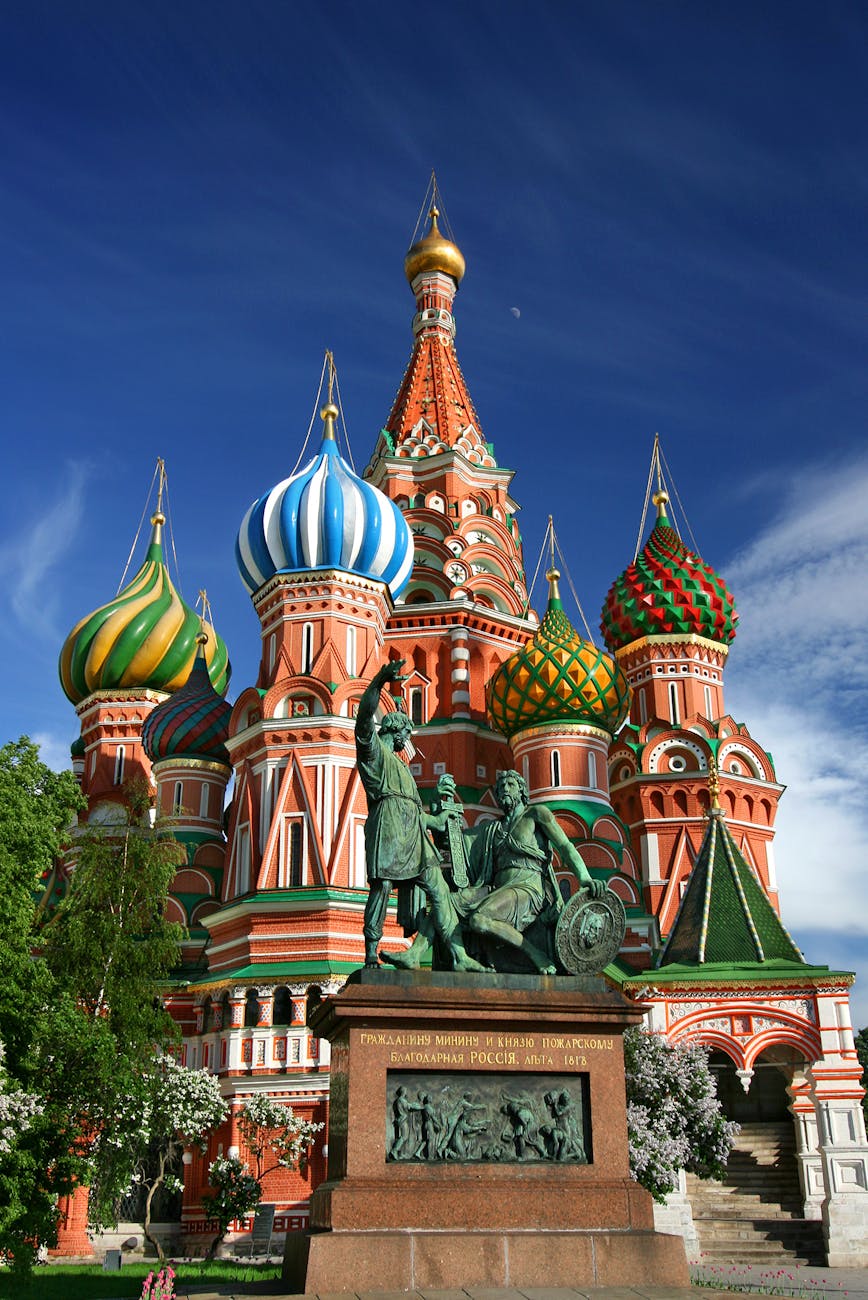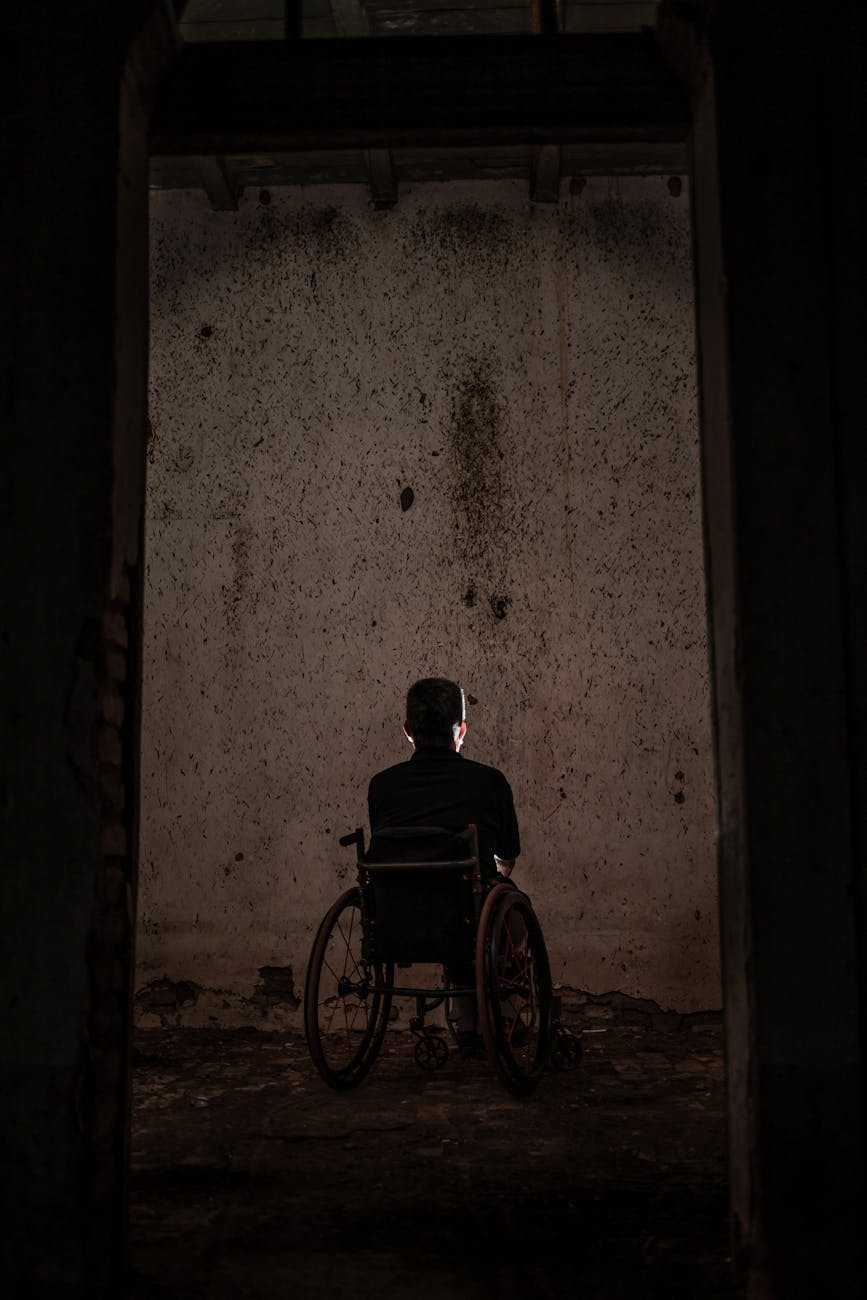Mayor’s Seat Shaken: New Orleans Leader Indicted Amidst Allegations of Misuse of Public Funds and Personal Relationship
Fraud charges against Mayor LaToya Cantrell spotlight scrutiny over city resource allocation and personal conduct.
New Orleans Mayor LaToya Cantrell has been indicted on fraud charges, accused of diverting city funds for personal use through her relationship with a bodyguard. The indictment, detailed in a report by Al Jazeera, alleges that Cantrell used public resources to pay Jeffrey Vappie for services rendered while he was accompanying her on personal trips and engaging in a relationship outside of official duties. This development has cast a significant shadow over the mayor’s administration, raising serious questions about accountability and the ethical use of taxpayer money in one of America’s most iconic cities.
The legal proceedings mark a critical juncture for Cantrell, who has been a prominent figure in New Orleans politics since her election. The accusations suggest a pattern of alleged misconduct that could have far-reaching implications for the city’s governance and public trust. As the judicial process unfolds, the focus remains on the evidence presented and the potential consequences for both the mayor and the city she leads.
Context & Background
LaToya Cantrell, a Democrat, ascended to the mayoralty of New Orleans in 2018, becoming the first woman to hold the office. Her tenure has been marked by efforts to address issues such as affordable housing, infrastructure improvements, and public safety. Prior to her mayoral win, Cantrell served on the New Orleans City Council, where she built a reputation for being a vocal advocate for her constituents.
The indictment stems from allegations that Mayor Cantrell engaged in a pattern of defrauding the city by paying Jeffrey Vappie, her former bodyguard, for services that were not officially rendered. According to the Al Jazeera report, these payments were allegedly made while Vappie was accompanying the mayor on trips and engaging in what is described as a personal relationship with her. The indictment claims that Vappie was paid as if he were on duty, even when his activities were not directly related to official city business. This specific accusation targets the financial mechanisms through which these payments were allegedly made, suggesting a deliberate effort to misrepresent the nature of Vappie’s employment and the allocation of city funds. _(Source: https://www.aljazeera.com/news/2025/8/15/new-orleans-mayor-indicted-on-fraud-charges-linked-to-affair-with-bodyguard?traffic_source=rss)_
The relationship between Cantrell and Vappie, while not inherently illegal, becomes a focal point of the charges due to the alleged misuse of public funds connected to it. Prosecutors contend that the city was billed for services that did not align with official duties, thereby constituting fraud. The details of the indictment suggest that Vappie’s role was expanded beyond his security responsibilities to encompass personal support, with city money being used to compensate for this expanded, and allegedly illicit, role. The financial transactions are central to the case, as they are alleged to be the vehicle for this purported fraud. _(Source: https://www.aljazeera.com/news/2025/8/15/new-orleans-mayor-indicted-on-fraud-charges-linked-to-affair-with-bodyguard?traffic_source=rss)_
This indictment is not the first time Cantrell’s administration has faced scrutiny. Earlier, reports emerged regarding allegations of preferential treatment and the use of city resources for personal matters. However, the formal indictment signifies a legal escalation, moving the matter from public opinion and administrative review to the criminal justice system. The charges specifically target the mayor’s alleged personal conduct and its intersection with her official capacity, highlighting the critical need for transparency and ethical boundaries in public office.
In-Depth Analysis
The core of the fraud charges against Mayor Cantrell revolves around the alleged misappropriation of public funds and the potential abuse of her authority. The indictment, as reported by Al Jazeera, suggests that Jeffrey Vappie was compensated by the city for time and activities that were not in service of New Orleans. This points to a violation of public trust, where taxpayer money is expected to be used strictly for governmental purposes and the benefit of the city’s residents.
The specific allegations involve Vappie being paid as if he were on duty during periods when he was accompanying the mayor on personal trips and engagements. This implies that the city’s payroll and procurement systems were allegedly manipulated to mask the personal nature of these activities and the payments made to Vappie. The term “defrauding the city” in this context likely refers to the act of obtaining money or property through false pretenses or deception, which in this case would be misrepresenting Vappie’s services as official city business.
Several key elements are typically examined in such fraud cases. Firstly, prosecutors would need to establish that Vappie was indeed paid by the city for services that were not legitimate city work. This would involve reviewing financial records, time sheets, and contracts related to Vappie’s employment. Secondly, the intent of Mayor Cantrell would be crucial. To prove fraud, it usually needs to be demonstrated that she knowingly and intentionally engaged in deceptive practices to enrich herself or others, or to deprive the city of its funds.
The indictment’s mention of an “affair” between Cantrell and Vappie, while potentially salacious, is legally relevant in that it can underscore a motive for using city funds to facilitate personal activities and relationships. However, the legal case will focus on the financial transactions and the alleged deception, rather than the morality of the personal relationship itself, unless it directly explains the alleged fraudulent actions. The framing of Vappie as “on duty” for personal trysts, as suggested by the summary, is the alleged illegal act.
Furthermore, the indictment raises questions about the oversight mechanisms within the mayor’s office and the city’s financial administration. Were there checks and balances in place to prevent such alleged misuse of funds? If so, how were they bypassed? The case could expose vulnerabilities in the city’s internal controls, prompting a review of accountability structures. The ability of a mayor to direct funds and personnel can be extensive, making robust oversight critical to prevent any potential for abuse.
The concept of “selective omission of context or counter-arguments” from the prompt footing is relevant here. While the Al Jazeera report provides the initial accusation, a comprehensive understanding requires acknowledging that Mayor Cantrell will have the opportunity to present her defense. Her legal team will likely argue that Vappie’s activities were indeed within the scope of his duties, or that any financial discrepancies were unintentional administrative errors rather than deliberate fraud. Without her defense, the narrative can become one-sided. The legal process itself is designed to allow for the presentation of evidence and counter-arguments from all parties involved.
The use of “trigger words or controversial talking points” is something to be avoided in objective reporting. While the personal relationship is part of the narrative, focusing on the legal and financial aspects of the fraud charges maintains a professional tone. The objective is to report the facts of the indictment and the alleged criminal acts, not to sensationalize the personal lives of those involved beyond what is directly pertinent to the legal case.
Pros and Cons
The indictment of Mayor LaToya Cantrell presents a complex situation with potential benefits and drawbacks for the city of New Orleans and its residents. Analyzing these aspects provides a more balanced view of the implications of the legal proceedings.
Pros:
- Increased Accountability: The indictment signals a commitment by law enforcement and the justice system to hold public officials accountable for their actions. This can reinforce the principle that no one is above the law, regardless of their position. For citizens, it can be reassuring that alleged abuses of power are investigated and prosecuted.
- Transparency and Integrity: A thorough investigation and potential prosecution could lead to greater transparency in how city funds are managed and allocated. If malfeasance is proven, it may prompt reforms in financial oversight and ethical guidelines within the mayor’s office and other city departments, ultimately enhancing the integrity of city governance.
- Opportunity for Renewal: While disruptive, a leadership change or a strengthened commitment to ethical practices following this indictment could pave the way for a new chapter of governance focused on rebuilding public trust and effectively addressing the city’s pressing needs. It could also create opportunities for new voices and perspectives in leadership.
- Strengthening Democratic Institutions: The proper functioning of the justice system, even when involving high-ranking officials, strengthens democratic institutions. It demonstrates that the checks and balances designed to prevent corruption are operative and that due process is being followed.
Cons:
- Damage to Public Trust: Allegations of fraud and misuse of public funds can severely erode public trust in the mayor’s office and city government as a whole. This can lead to cynicism, disengagement from civic processes, and difficulty in garnering public support for necessary initiatives.
- Political Instability: An indictment can create significant political instability in the city. It can distract from critical governance issues, lead to internal power struggles, and potentially hinder the city’s ability to respond effectively to challenges, such as economic development, public health crises, or infrastructure projects.
- Financial Strain and Legal Costs: The legal defense of a mayor, and potentially the prosecution process itself, can be costly. These legal expenses may divert resources that could otherwise be used for public services. Furthermore, any potential conviction could lead to financial penalties and restitution, further impacting the city’s budget.
- Reputational Damage: For New Orleans, a city with a rich cultural heritage and a unique identity, leadership scandals can attract negative national attention, potentially impacting tourism, investment, and the city’s overall reputation.
- Focus Shift from Critical Issues: The extensive media coverage and public discourse surrounding the indictment may divert attention from other pressing issues facing New Orleans, such as poverty, crime, and environmental concerns, hindering progress in these areas.
Key Takeaways
- New Orleans Mayor LaToya Cantrell has been indicted on fraud charges related to the alleged misuse of city funds.
- The charges specifically involve payments made to her former bodyguard, Jeffrey Vappie, for services allegedly not tied to official city business, including personal trips and relationships.
- Prosecutors allege that Vappie was paid by the city as if he were on duty during these personal activities, constituting “defrauding the city.”
- The indictment highlights concerns about accountability and ethical conduct within the mayor’s administration, particularly regarding the allocation of taxpayer money.
- This legal action represents a significant escalation from previous scrutiny of the mayor’s office.
- The legal process will involve presenting evidence and arguments from both the prosecution and the defense, with the ultimate outcome dependent on the judicial proceedings.
- Public trust in city governance and financial oversight are critical aspects that may be affected by the ongoing situation.
Future Outlook
The indictment of Mayor LaToya Cantrell introduces a period of significant uncertainty for New Orleans. The immediate future will be dominated by the legal proceedings. Mayor Cantrell is expected to enter a plea, and the case will likely move through various stages of the judicial process, including pre-trial hearings, potential plea negotiations, and possibly a trial. The duration and outcome of these legal battles are currently unknown.
Legally, the focus will be on whether prosecutors can prove beyond a reasonable doubt that the mayor intentionally misused city funds through deception. Her defense team will likely contest the allegations, potentially arguing for alternative interpretations of Vappie’s duties or the financial transactions. The outcome could range from acquittal to conviction on some or all of the charges.
Politically, the indictment places Mayor Cantrell in a precarious position. Depending on the severity of the charges and the evidence presented, public opinion could shift significantly against her. This could lead to increased calls for her resignation, even before any legal verdict is reached. If she were to step down or be removed from office, New Orleans would face a mayoral transition, potentially leading to a special election or the ascension of the Lieutenant Governor, depending on the city’s charter and state laws.
From a governance perspective, the indictment could significantly hamper the mayor’s ability to lead effectively. Even if she remains in office, the ongoing legal challenges could consume her attention and erode her political capital, making it difficult to advance her policy agenda or gain public support for critical initiatives. This could lead to a period of stalled progress on issues facing the city, from infrastructure to economic development and public safety.
Furthermore, the indictment may trigger a comprehensive review of the city’s financial controls and ethical guidelines. Regardless of the legal outcome, there is a strong likelihood that the city will implement stricter oversight mechanisms to prevent similar allegations in the future. This could involve enhanced auditing procedures, clearer policies on the use of city resources, and more robust accountability for elected officials and their staff.
The long-term impact will depend on how the city and its residents respond to this challenge. A transparent and fair legal process, coupled with a renewed commitment to ethical governance, could ultimately strengthen the city’s democratic foundations. Conversely, prolonged political turmoil or a perceived lack of accountability could have lasting negative effects on public trust and the city’s ability to function effectively.
Call to Action
In light of the indictment of Mayor LaToya Cantrell on fraud charges, it is crucial for the residents of New Orleans to engage actively and responsibly with this developing situation. While the legal process takes its course, citizens have a vital role to play in ensuring the continued health and integrity of their city’s governance.
Firstly, it is imperative to remain informed by seeking out credible and unbiased news sources. Relying on factual reporting from reputable outlets, such as the source cited by Al Jazeera, rather than unsubstantiated rumors or emotionally charged commentary, is essential for forming a clear understanding of the facts as they emerge. This journalistic rigor helps in avoiding the pitfalls of misinformation and biased narratives.
Secondly, residents are encouraged to stay engaged with their local government. This means attending public meetings, contacting elected officials, and participating in civic discourse. Expressing concerns and opinions constructively can help guide the city through this challenging period. The demand for transparency and accountability from all levels of government is a cornerstone of a healthy democracy.
Thirdly, while the legal process must be allowed to unfold without undue interference, citizens may wish to advocate for reforms that enhance ethical standards and financial oversight within city hall. This could involve supporting initiatives that strengthen accountability mechanisms, promote transparency in government spending, and ensure that public officials adhere to the highest ethical principles. Understanding the city charter and relevant regulations can empower citizens to effectively advocate for these changes.
Finally, it is important to remember that New Orleans is a resilient city with a strong community spirit. By working together, focusing on factual information, and demanding ethical leadership, the residents of New Orleans can navigate this difficult chapter and emerge with a stronger, more accountable government for the future.









